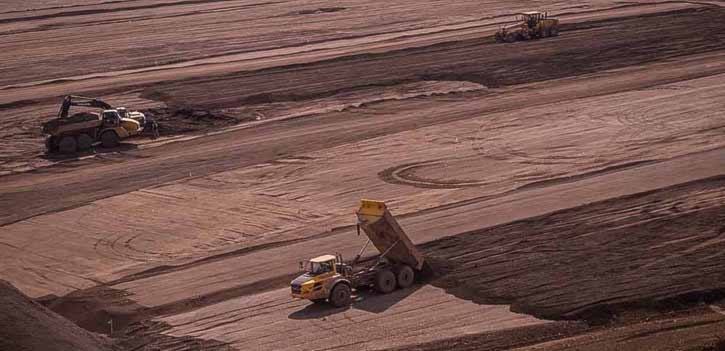The B.C. government is adding administrative fines and strengthening permit requirements for new mines in response to investigations into the Mount Polley tailings dam failure.
Energy and Mines Minister Bill Bennett said the new fines will be available to provincial officials to compel compliance with safety orders, even when inspectors find conditions that are not officially permit violations.
The size of the new fines will not be determined until amendments to the Mines Act pass in the B.C. legislature, but Bennett said they will be in the range of what is available in forestry and oil and gas regulations. Administrative penalties for high-risk conditions in oil and gas operations range from $2,000 to $500,000.
Bennett said such penalties wouldn't have prevented the August 2014 dam failure, which was caused by a weak glacial layer under the dam that was not detected when the mine was built. But they would have allowed inspectors to require establishment of "beaches" to protect the dam from erosion by water held inside the tailings, or to lower the water level even if it was within permitted limits.
Legislation introduced Thursday also gives the Environmental Assessment Office authority to require different designs for tailings storage at new mines, then to specify which option it will accept for each proposed site.
Bennett said the existing Mines Act gives inspectors only three options to regulate a mine: order it shut down, revoke a permit or prosecute the company. The changes also increase maximum penalties for prosecution, with maximum fines increased from $100,000 to $1 million and possible jail sentences increased from one year to three years.
Mount Polley's owner has spent $170 million so far to restore Hazeltine Creek, which was washed out as a torrent of water and mine tailings poured down into Quesnel Lake. Water monitoring continues at the lake, with water continuing to test within regulations for fish habitat and human consumption.
Two engineering reviews of the dam failure have been completed, with no permit violations discovered. The B.C. Conservation Officer Service is expected to report later this year, and may recommend charges related to damaging fish habitat.
